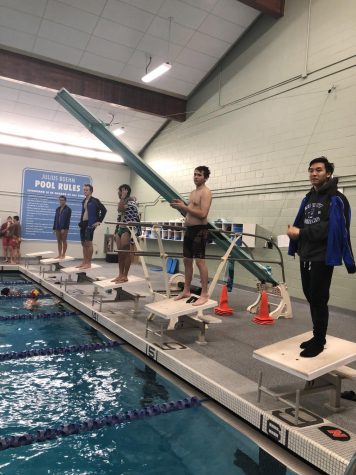Demonstrated interest: what it is and how to show it
February 3, 2015
Having obsessed over college applications, admissions chances, and selective universities more than physics teacher Mark Buchli does over divinely procreating bovines throughout the past year, I thought I had finally learned everything there was to know about what admissions officers want in the ideal college applicant – that is, until last month.
Everyone knows that colleges take into high consideration an applicant’s GPA, course rigor, test scores and extracurriculars. It’s common sense; a student who performs well in high school can be expected to do well in college. Yet very few students, including myself, until I met with an independent college counselor, know about the concept of demonstrated interest.
Demonstrated interest, on the most basic level, is anything and everything an applicant does to show curiosity in a certain college or university. College counselors have found that universities across the nation are increasingly looking at demonstrated interest as a way of judging between applicants. If an admissions officer has two candidates with nearly equal potential but only one acceptance letter to give, the nod will likely go to whichever candidate showed more demonstrated interest.
This also is common sense; the assumption is that if a student shows more demonstrated interest, they are more likely to know about the opportunities the university offers them, and take advantage of those opportunities. Demonstrated interest also indicates curiosity and a desire to learn, traits that admissions officers want to see in every applicant.
But how exactly does a student show demonstrated interest? The answer is, it’s pretty simple. Visit colleges, get on their mailing lists, go to their local and school information sessions and send thank-you notes afterwards, send emails asking insightful questions to admissions officers, interview if at all possible. Remember, it’s the little things like these that can make you stand out and give you an edge.












